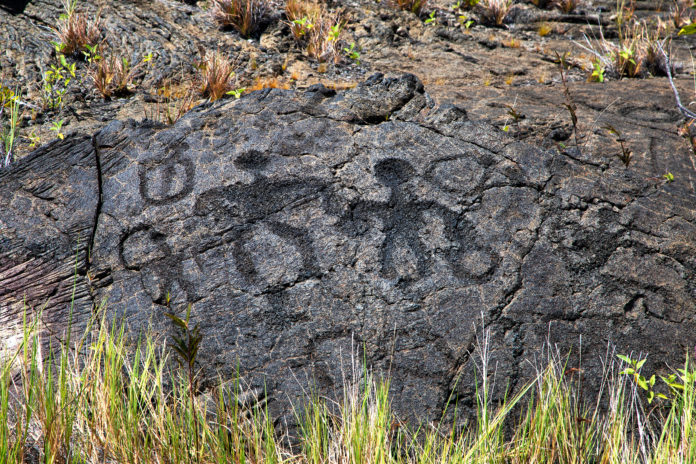1Pu`u Loa Petroglyphs at Volcanoes National Park — Volcano, Hawaii

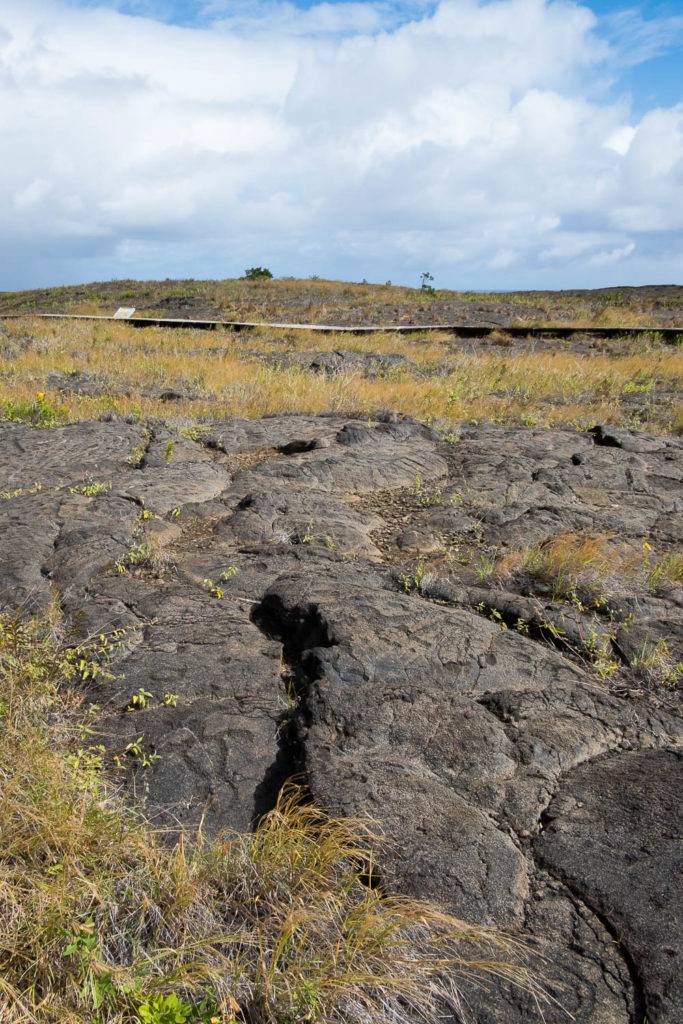
Volcanoes National Park boasts one of the best preserved petroglyph fields on the Big Island. The archaeological site of the Pu`u Loa Petroglyphs contains over 23,000 petroglyph images! Not all can be seen from the viewing boardwalk constructed to protect the petroglyphs, but it’s nonetheless an impressive site.
These petroglyph carvings, called kiʻi pohaku in Hawaiian, documented multiple facets of life, including records of travels around the island, births, representations of humans, animals, and everyday items like canoe sails.
Note that this is the only location on this list that charges an admission fee, but you’d be remiss not to visit the park while you’re on the Big Island. It’s well worth the time and money–and your admission fee grants you re-admission for a week, which is an excellent deal if you have time to return.
How to Get to the Pu’u Loa Petroglyphs:
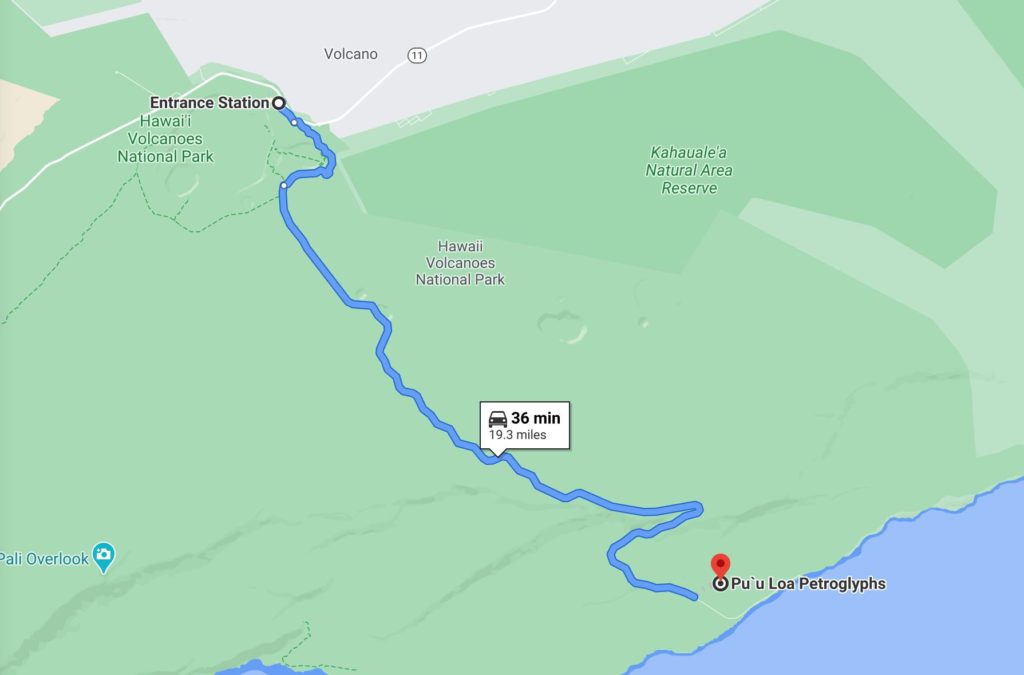
Navigate to the Volcanoes National Park. After entering, take the first left, and follow signs for Chain of Craters Road.
You’ll wind along the scenic road for about 30-40 minutes, and will see a small pull off parking area for the Pu’u Loa Petroglyph Trail after descending the mountain.
The hike is 1.4 miles out and back across uneven volcanic terrain, and weather can change quickly (we got soaked on the hike back!), so prepare for wind, intense sun, and rain. Sturdy hiking shoes are recommended.
Tips for Visiting Hawaiian Petroglyphs
- Visit in the early morning or late afternoon–the light will be better for viewing and photography, and you’ll avoid the often intense sun of midday.
- Bring water and sunscreen and wear appropriate clothing for sun and uneven terrain. All of these sites involve at least a short walk on uneven volcanic rock paths, so hiking shoes will be much more comfortable than sandals.
- DON’T make rubbings or castings, touch, or walk on any of the petroglyphs. Rubbings and castings slowly wear away the carvings, while oils from your hands can lead to damage of the volcanic rock they’re carved in.
2Puako Petroglyph Archaeological Preserve — Waimea, Hawaii
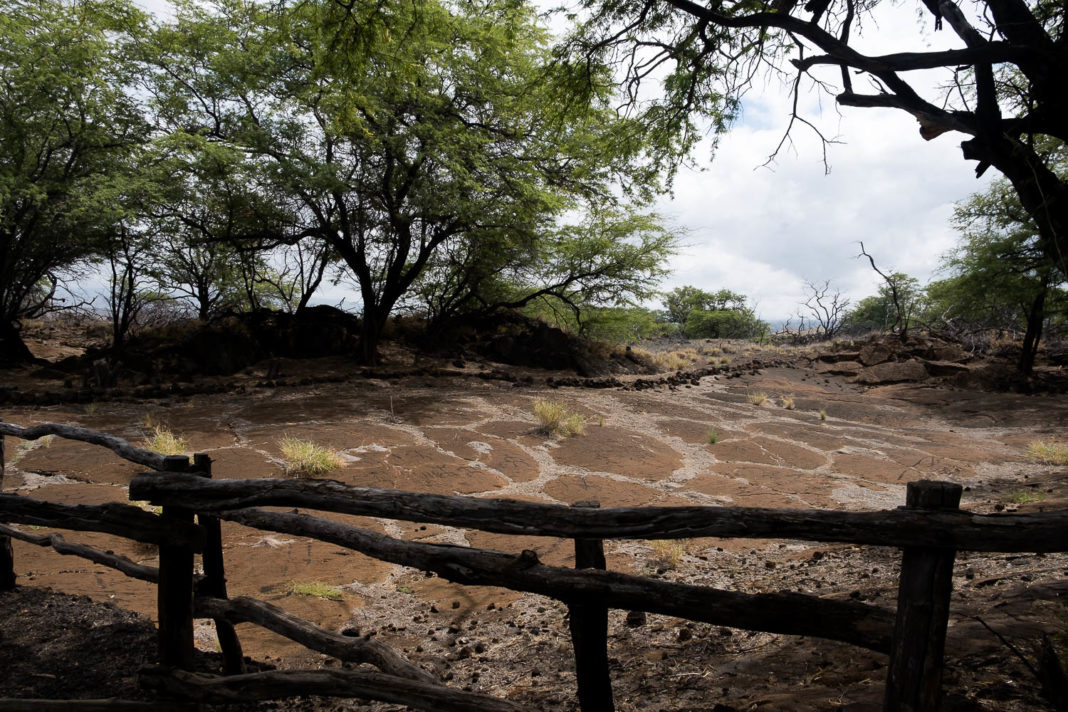
The Puakō Petroglyph Archaeological District sits on 233 acres, and boasts over 3,000 petroglyph carvings. About 1,200 of those kiʻi pohaku, including images of humans, canoes, and turtles, can be seen from the 1.2 mile hiking trail. While you’ll see only a small number of petroglyphs on your hike along the thorny Kiawe lined trail, persevere, and you’re rewarded with a large petroglyph field chock full of fascinating carvings at the end of the trail.
The field is fenced off, so be sure to bring a zoom lens if you’re planning on taking photos. There are a handful of reproduction petroglyphs at the beginning of the trailhead that are ok to touch and make rubbings from.
The site is a short drive from Waikoloa, and walkable from several hotels nearby, the closest being the Fairmont Orchid.
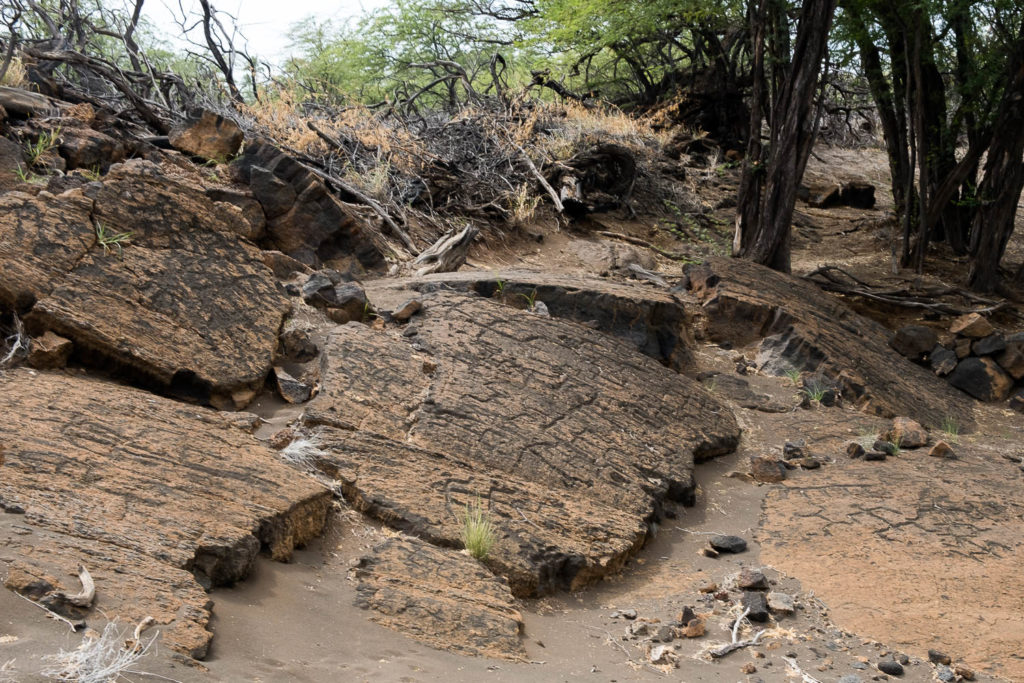
How to Get to the Puako Petroglyph Preserve:
The Puako Petroglyph Preserve is about 15 minutes by car from Waikoloa, or about 40 minutes from Kailua-Kona. To get there, navigate to Holoholokai Beach Park. Right before the public parking lot for the beach park, you’ll see the Malama Trailhead, which leads to the petroglyph field.
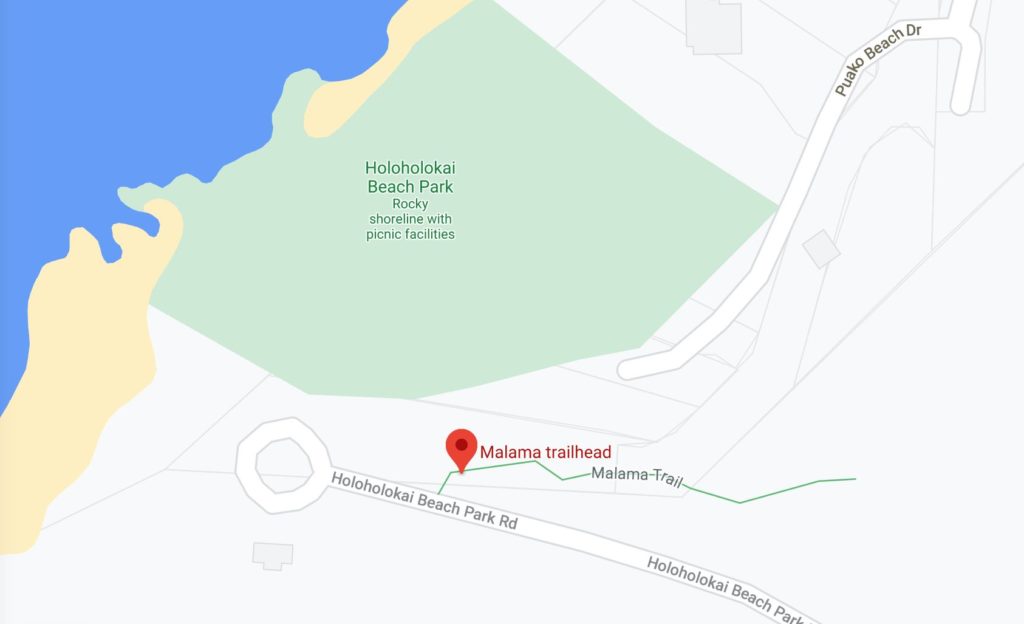
The hike is about 1.2 miles round trip through a slightly spooky thorny Kiawe forest (wear good shoes, as there are often thorns on the ground!). While it’s not a difficult hike, the ground is uneven in parts, and the heat of a sunny day can feel intense. Visit in the early morning or late afternoon if you can, both to avoid the heat, and for better light to view the petroglyphs.
3Kaloko-Honokohau National Historical Park — Kona, Hawaii
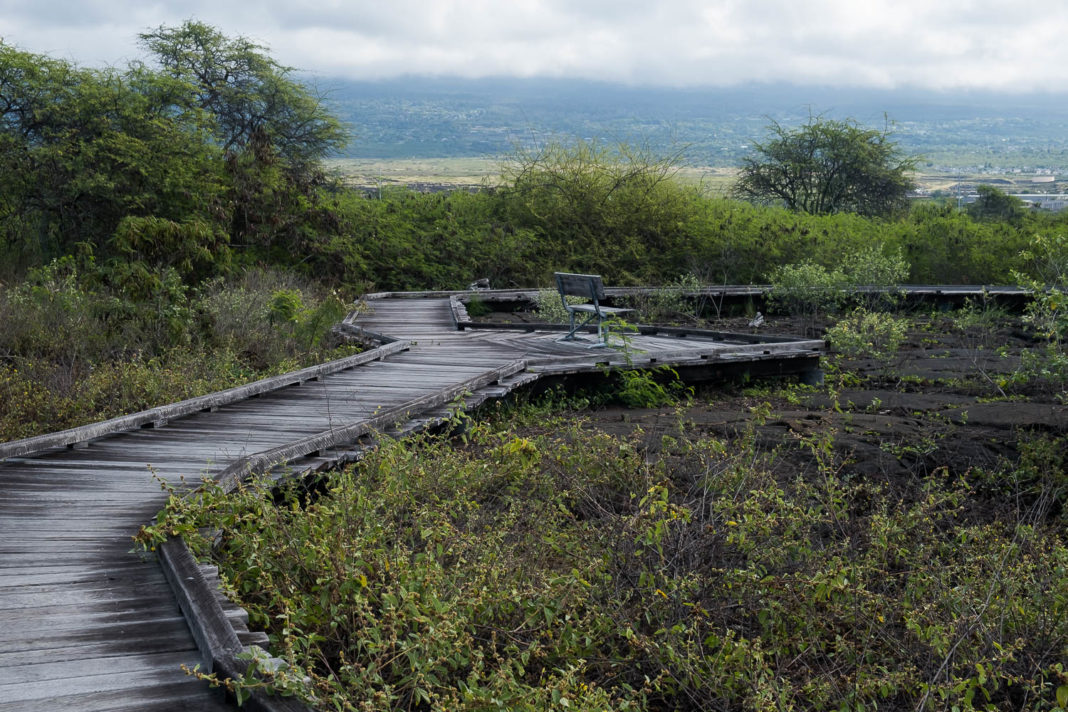
If you’re not able to venture outside of the Kailua-Kona area, there are still some petroglyphs to be seen at the Kaloko-Honokohau National Historical Park. This smaller boardwalk lined petroglyph field is just one of the fascinating sights to be seen along the park’s trails (learn more about the park in the brochure, and be sure to speak to the helpful park rangers if you’re interested in all of the historical elements of the park).
The kiʻi pohaku at Kaloko-Honokohau petroglyph include images of people–including rarer gendered carvings, muskets, ship sails and more. I don’t recall receiving the petroglyph interpretative document with my park map, but it can be accessed online here.
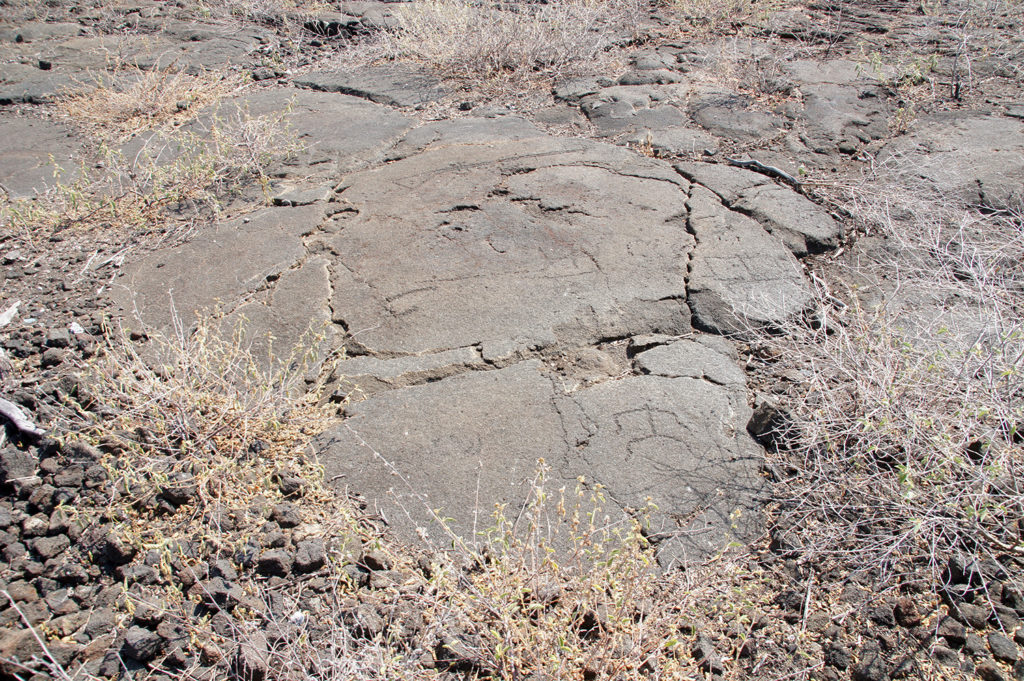
How to Get to the Petroglyphs at Kaloko-Honokohau:
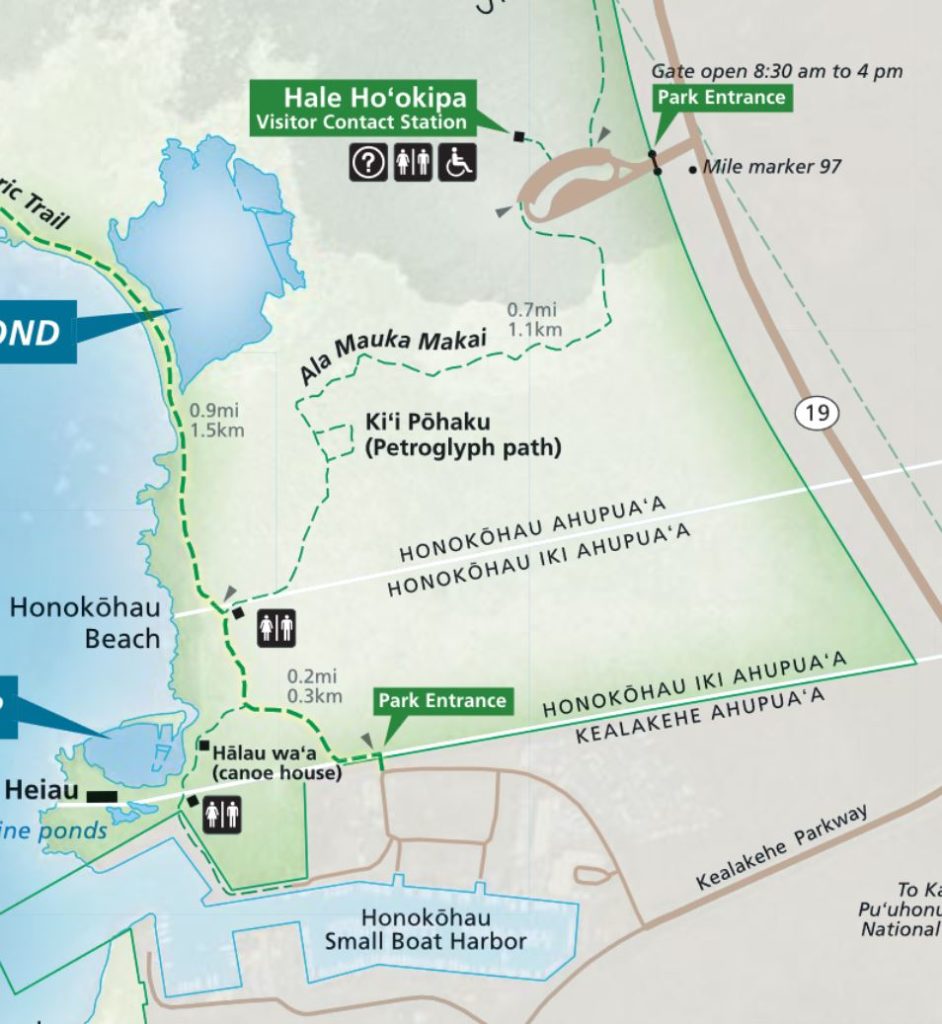
There are two parking areas that are approximately equidistant from the petroglyph path. You can park and access the trail at the Kaloko-Honokohau Visitor Contact Center, or at Honokohau Small Boat Harbor.
The Kaloko-Honokohau visitor center is staffed by rangers, has a large parking lot, and starting here offers the opportunity to see additional sights along the trail to the petroglyphs. To get here, simply navigate to Kaloko-Honokohau National Historical Park.
You can also park at the Honokohau Small Boat Harbor trailhead, which offers easy access to the tranquil Aiopio Fishtrap Beach known for sea turtle sightings.
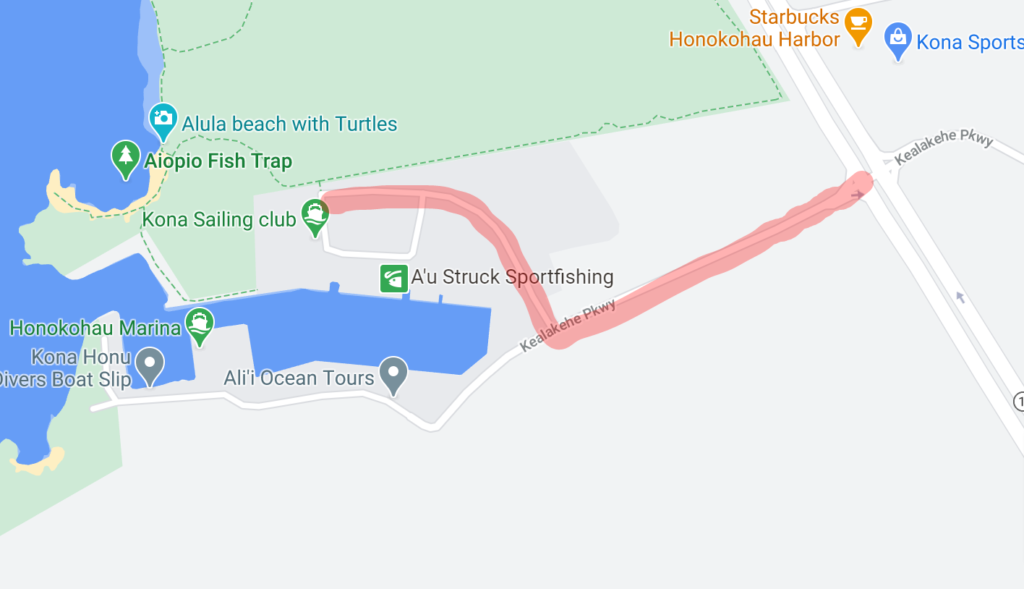
To get to this trailhead, navigate towards the park (via Queen Ka’ahumanu Highway), but instead of turning into the visitor center, turn onto Kealakehe Pkwy (at signs for Honokohau Harbor).
Take the first right, follow the road as it curves around, and you’ll see the trailhead on the right, along with a small parking lot on the left. Follow the park trail map to get to the petroglyphs.
Both routes offer little shade, so this hike is best done in the early morning.
4Waikoloa Petroglyph Field — Puako, Hawaii
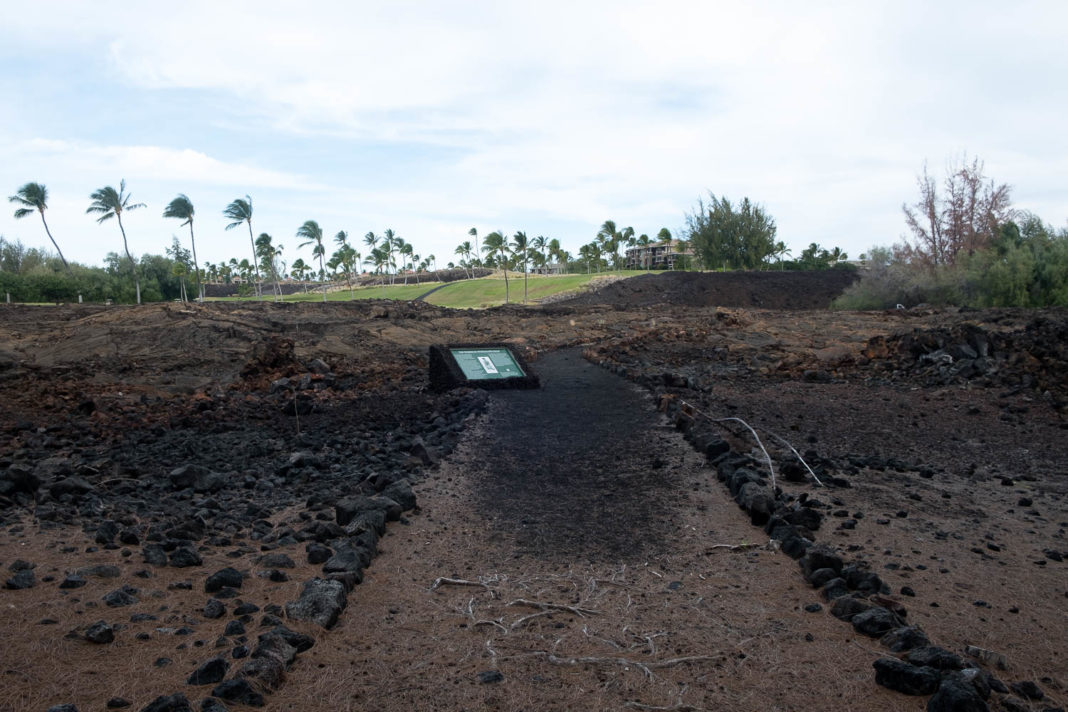
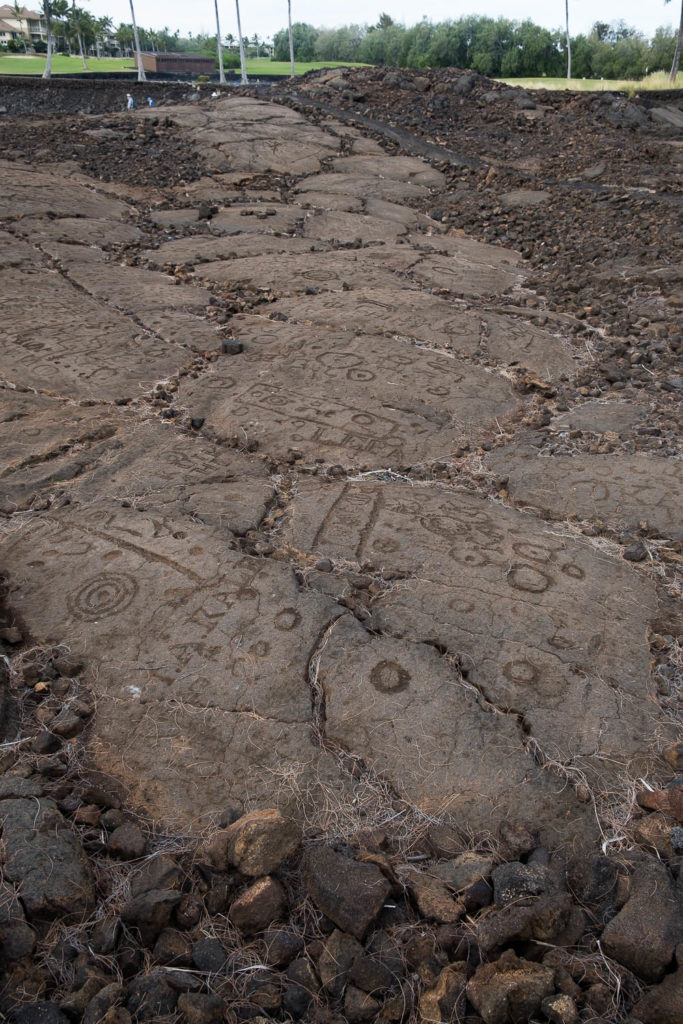
Also called the Anaehoomalu Petroglyph Field, this is the easiest to access, but so poorly preserved that I wouldn’t recommend prioritizing it. The Puako Petroglyph Preserve is just 15 minutes down the road, so if you only have time for one, Puako is far superior.
Set behind a gas station and strip mall, and surrounded on three sides by a golf course, this small petroglyph field has likely suffered due to its accessibility. Extensive vandalism scars the field, in the form of inexpertly carved words and images. While some are obvious graffiti, others seem to be meant to mimic the original petroglyphs, which can make it difficult to discern what is original in some areas.
The site is best viewed as a cautionary tale of what can happen when cultural sites aren’t protected. Still, it can be interesting to visit in that context, and it’s very easy to access if you’re staying in a Waikoloa hotel or condo.
How to Get to the Waikoloa Petroglyph Field:
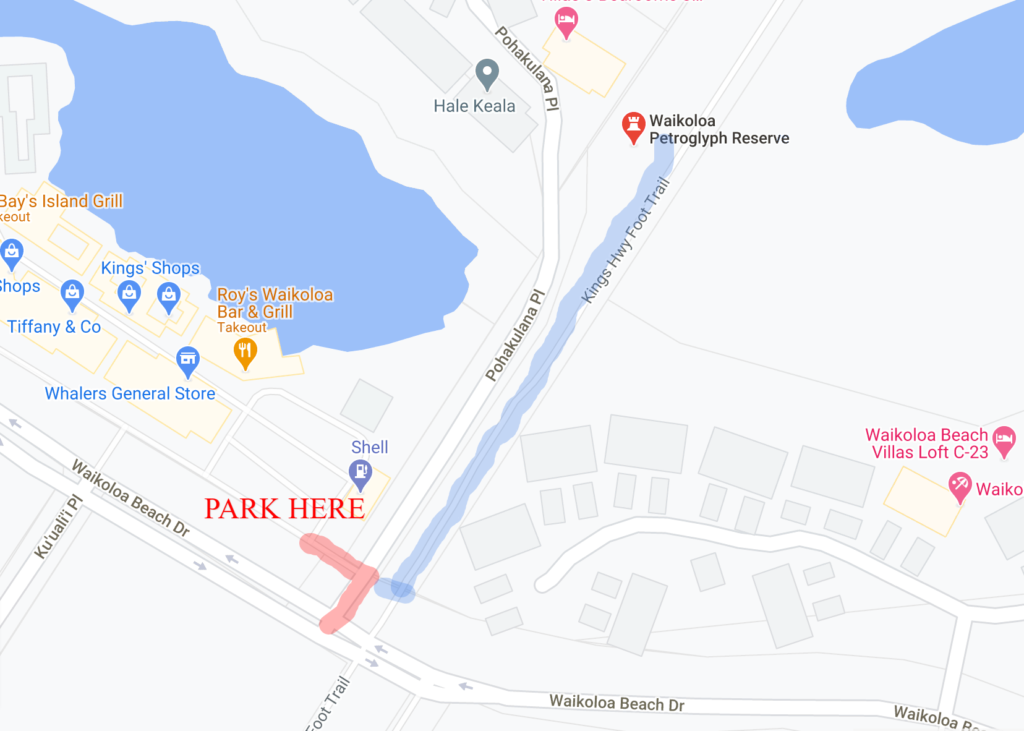
Navigating to the Waikoloa Petroglyph Reserve will get you to the vicinity, but if you follow Google’s instructions and drive up Pohakulana Pl, you’ll hit a dead end at the entrance to a gated community, with nowhere to park.
Instead, when you turn off of Waikoloa Beach Dr onto Pohakulana Pl, immediately turn left into the parking lot for the Shell station and adjacent strip mall. You can park in this lot, and then it’s just a short walk (show in blue on the map above) on the Kings Hwy Foot Trail to the petroglyph field.
The front section of the field is very rough, to the point that I couldn’t tell if I was on the trail at times, and I wasn’t able to see any petroglyphs in this section. If you stay to the right of the field, walking along the edge of the adjacent golf course, you can skip this section, and access a path into the field slightly further up.
FAQs
It’s important to note that no one knows for certain what Hawaiian petroglyph symbols meant to the people who carved them. It is believed that the kiʻi pohaku served a functional, as well as aesthetic purpose by recording events like births and travels across the island. Read more about interpretations at the National Park Service Website, and the seminal work, Spirit of Place: Petroglyphs of Hawai’i.
Hawaiians carved petroglyphs over many centuries. Carbon dating of the Waikoloa petroglyph field reveals that the oldest carving dates to 840 AD, and the newest to 1900, a span of over 1,000 years!
Researcher and author, Ski Kwaiatkowski opines: “I believe petroglyph-making remained active and wide-spread in the islands just prior to the arrival of Captain Cook. For some unknown reason, after the arrival of Cook and all those other guys, it died off relatively quickly.”
Read more about research on the petroglyphs here.

